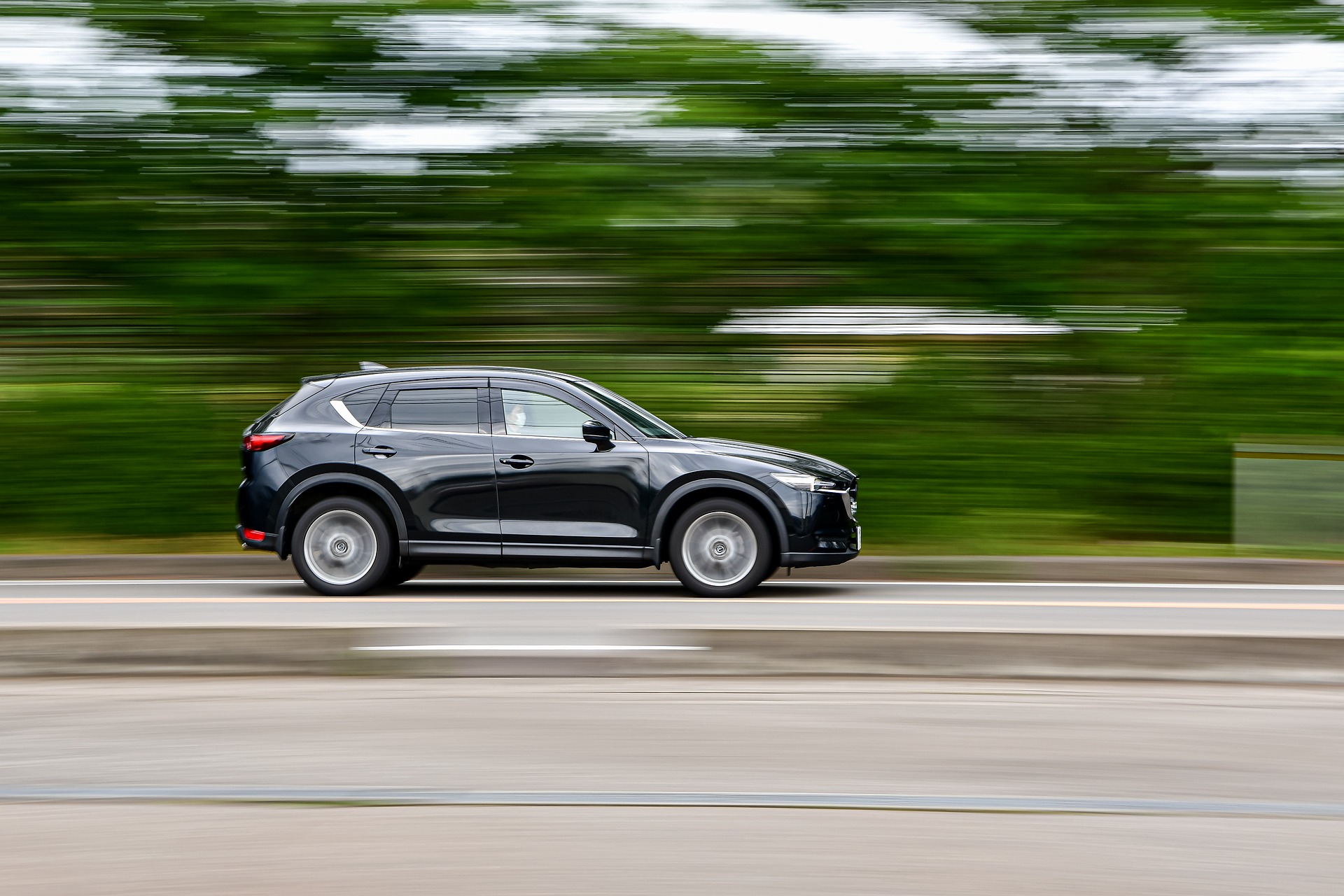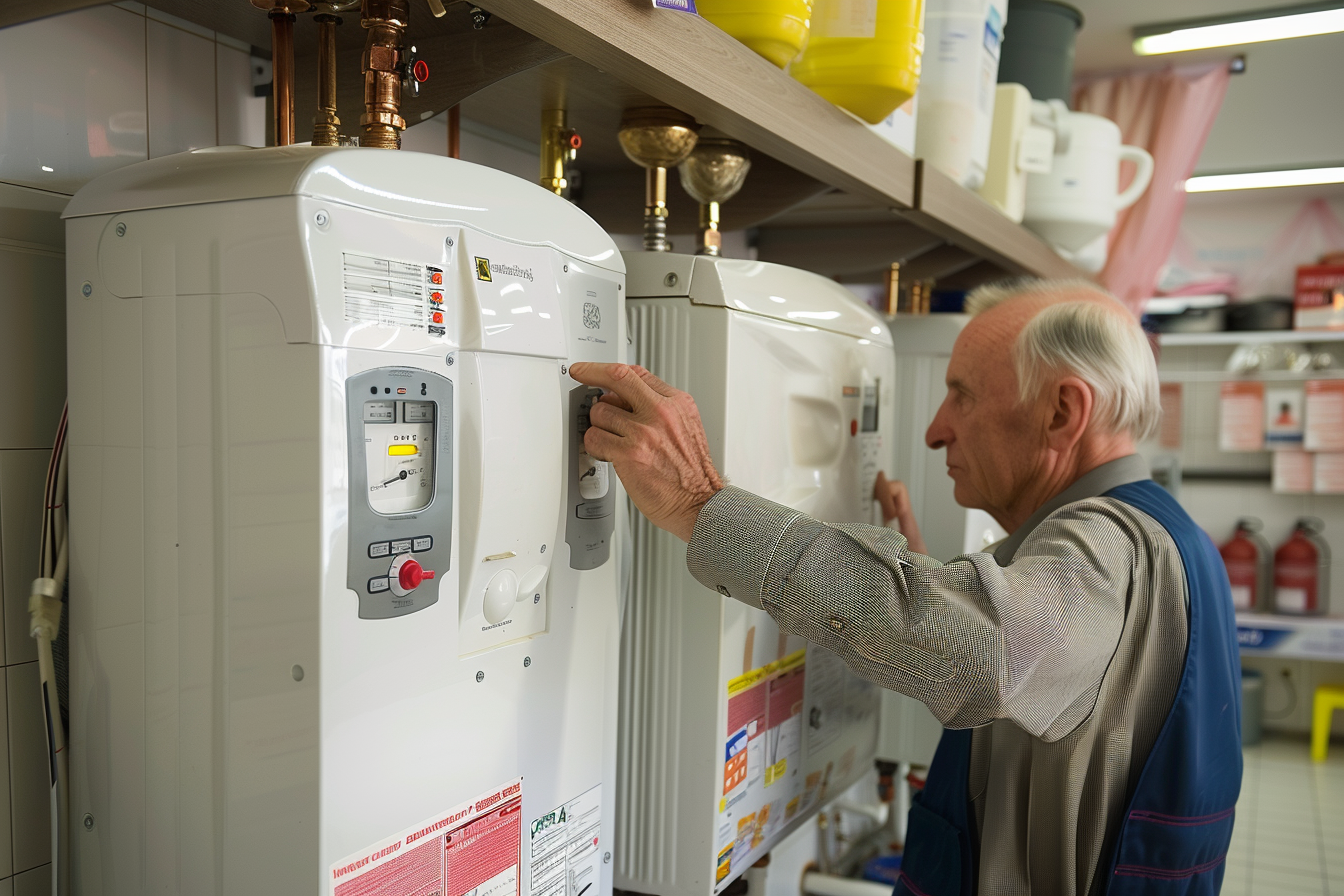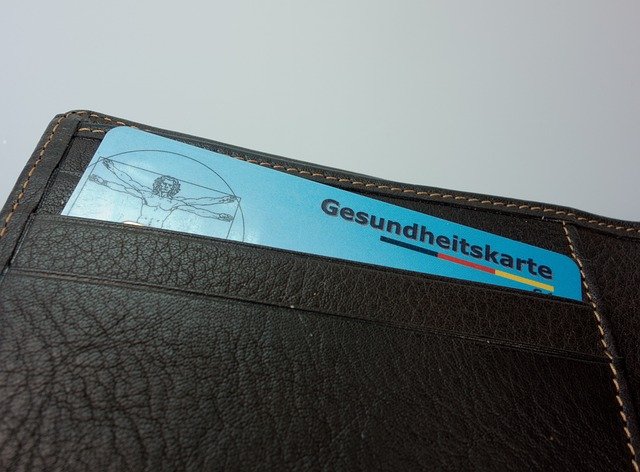The Intricacies of Automotive Differential: An Underappreciated Marvel
The world of automobiles is filled with countless complex components, each playing a unique role in making a vehicle move. One such underappreciated marvel is the differential, a mechanical device that splits torque in two directions, allowing the wheels on the same axle to spin at different speeds. While this might sound like an obscure automotive detail, the differential plays a crucial role in ensuring smooth and safe driving, particularly when taking corners. Let’s delve into the intricacies of this ingenious device, its evolution, and its impact on today's automotive industry.

The Birth of the Differential
The concept of the differential is not a new one. In fact, it dates back to ancient times, with the first known differential mechanism appearing in a Chinese text from the third century BC. However, the application of this technology in automobiles didn’t occur until the late 19th century. The differential became a necessity with the advent of powered vehicles, as they needed a way to allow wheels to rotate at different speeds while maintaining control over the vehicle. The invention of the differential was indeed a game changer, enabling vehicles to take corners without skidding or dragging wheels.
Modern Differential: A Blend of Precision and Complexity
Today’s differentials are far more sophisticated than their early counterparts. The open differential, the most common type, uses a series of gears to distribute torque evenly to the wheels. However, this design has a notable disadvantage: if one wheel loses traction, the other wheel also loses power.
To overcome this problem, automotive engineers developed the limited-slip differential (LSD). The LSD is designed to detect when one wheel is spinning faster than the other (a sign of lost traction) and automatically shift more torque to the slower wheel. This advanced technology provides better traction and handling, particularly in off-road and high-performance driving scenarios.
The Impact of the Differential in the Automotive Industry
The differential may seem like a minor player in the vast automotive ecosystem, but its impact is considerable. By enabling smooth cornering and superior traction, differentials have made driving safer and more enjoyable. They have also played a vital role in the development of high-performance and off-road vehicles, which require precise control over wheel speed and torque distribution.
Moreover, the evolution of the differential mirrors larger trends in the automotive industry. Just as cars have become more sophisticated and technologically advanced, so too have differentials. From the basic open differential to the electronically controlled differentials in today’s high-end cars, this humble device has come a long way.
The Future of Differentials
The future of the differential lies in continued technological innovation. As vehicles become more advanced, differentials will need to keep pace. Already, we’re seeing signs of this with the advent of electronically controlled differentials, which use sensors and algorithms to optimize torque distribution in real time.
Yet, despite these advancements, the basic principle behind the differential remains unchanged. It’s a testament to the enduring ingenuity of this simple yet sophisticated device. As we look to the future, the differential will undoubtedly continue to play a crucial role in the evolution of the automotive industry, driving us forward in more ways than one.
In Conclusion
From horse-drawn carriages to high-performance sports cars, the differential has been an integral part of the automotive world. Its ability to split torque and allow wheels to spin at different speeds has not only made driving safer and more enjoyable, but also spurred innovation in vehicle design and performance. As we look to the future, the humble differential will continue to adapt and evolve, ensuring its place in the annals of automotive history.




